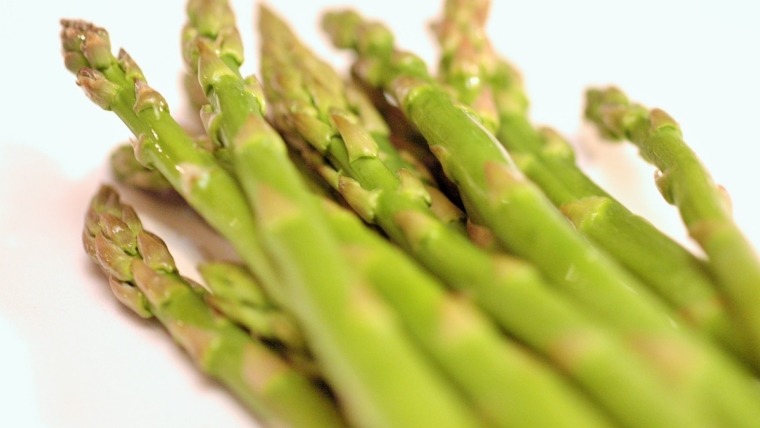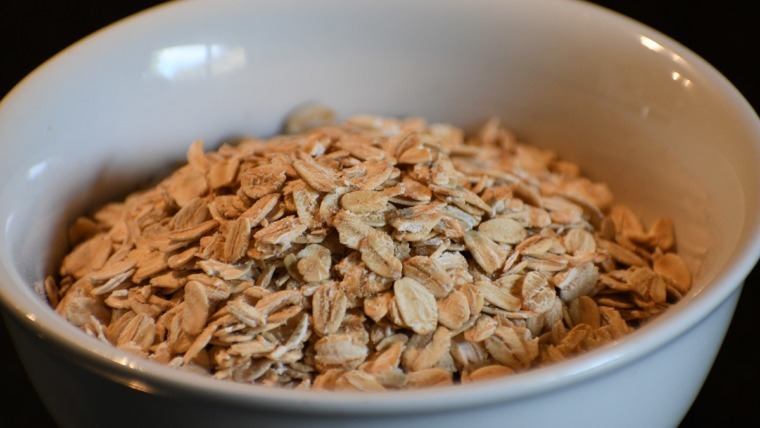
Written by Kevin Kapusi Starow
If I was to be totally honest I would have to say the chanterelle mushroom ranks as one of my favourites, and I am not alone in saying that as it has been recognised as the most popular wild mushroom variety. The Chanterelle ranges in colour from a brilliant orange through to a pale white, with a fluted or funnel shape to it. We could go into botanical descriptions here though I feel that would get a little tiresome, as this is a fun mushroom that rocks in flavour and texture. It is also said to emit an aroma similar to that of apricot, though to be honest, I have never noticed.
There is another mushroom variety that has been called the False Chanterelle, as it has a similar structure to the Chanterelle, though the colouring is very different, as the oranges and the yellow are no-where near as brilliant with the False Chanterelle possessing a dark centre to the cap of the mushroom. The taste is also not similar to the Chanterelle as it does not possess that peppery taste reminiscent or the true variety, not to mention it can also be the cause of gastrointestinal issues.
The Chanterelle Mushroom is commonly found growing in forests of beech trees, conifers, and among grasses and herbs in areas with high growth of moss. The mushroom is found throughout the world, such as:
- North & Central America
- Central Europe
- Eurasia
- UK
- Africa
- Australasia
History
It can only be assumed that the mushroom has been eaten by humans since the dawn of time, though consumption of the chanterelle was only first recorded sometime in the 16th century. It was then during the 18th century that the chanterelle mushroom became considered a culinary delicacy. Due in part to the growing influence of the French kitchen or cuisine, and how highly prized this ingredient was considered by the nobility of France and Europe who were experiencing the joy of this little mushroom. Obviously, due to the popularity of the Chanterelle by the nobility and higher classes of society, the price of this simple mushroom skyrocketed. Preventing the common man from affording the mushroom, thus saving more of the delicacy for those who could afford it.

Today the Chanterelle is still a prized mushroom that commands a higher price than that of the common edible fungi. Though this is more due to the availability of the produce, rather than a section of the community trying to corner the market for themselves, thank goodness for equality.
For Cooking
The golden Chanterelle is considered to be the most sought after variety with its spicy, and rich flavour characteristics, enveloped by a fruity, or woody aroma.
The flavour compounds found in the Chanterelle mushroom are thankfully, mostly fat-soluble which means the flavour released is more intense in fat-rich compounds such as butter and cream. They also possess a smaller amount of water/ alcohol-soluble flavourings, allowing a flavour release whilst cooking them with wine. How perfect then is the combination of the mushroom with cream, butter and wine?
The Chanterelle is not recommended to be eaten raw as the flavour is only highlighted through the cooking process. In the French kitchen, the mushroom has featured in soups, soufflés and sauces based on creams, butter and wines.
My preference is chanterelle mushrooms sautéed in butter with my scrambled eggs, a little decadent though an amazing flavour experience. Have a look in this issue for some recipes which include the Chanterelle Mushroom, I cannot say now but the scrambled egg recipe just might have made its way in. Honestly, it is an amazing delight on a cold wintery Sunday morning to treat yourself to this recipe, be the nobility for the day!
Health Benefits
Chanterelles are a little power pack of goodness, as they are high in vitamins such as vitamin C, as well, and this one intrigued me because I was totally unaware of the Chanterelle being amongst the richest sources of vitamin D. Not only do they taste amazing, they are also responsible for doing some good work in your bodies as well, how can you not love them.
Another interesting property to the Chanterelle mushroom which has been suggested from scientific research is that this mushroom may have potent insecticidal properties. Which are harmless to humans though lethal to insects and other potentially harmful organisms. Providing the body of the mushroom with a protective shield against those who wish to eat or kill it, thank goodness it has not developed one for humans, because the mushroom is too scrumptious.



